
Monthly Roundup: A Deep View of Planet-Forming Disks with ALMA
Introducing exoALMA: a survey of 15 large, bright protoplanetary disks that has revealed gas structures that point to potential planet formation.

Introducing exoALMA: a survey of 15 large, bright protoplanetary disks that has revealed gas structures that point to potential planet formation.
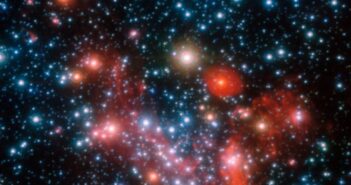
Astrobites reports on a curious cluster of stars moving together near Sgr A*. Is it a stellar coincidence, or a sign of a hidden black hole?
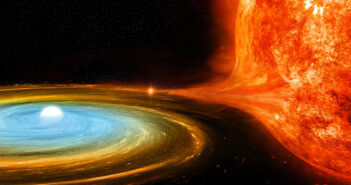
Some neutron stars might arise from the collapse of a white dwarf. Simulations show that this transformation is likely accompanied by a burst of element creation.
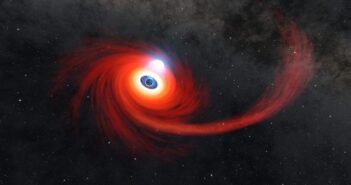
Could tidal disruption events, which happen when a star gets too close to a black hole, explain the unusual properties of little red dot galaxies?
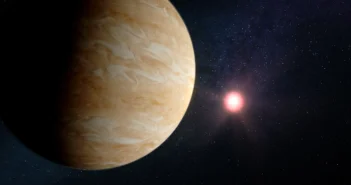
Astrobites reports on potential formation mechanisms for hot Neptunes, the rarest type of sub-Neptune exoplanets.
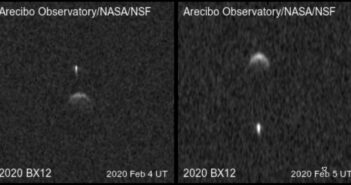
The 1,000-foot-wide Arecibo Telescope discovered nearly 60 binary or triple asteroid systems. 2020 BX12 was the final binary asteroid discovered with Arecibo before the telescope collapsed in 2020.
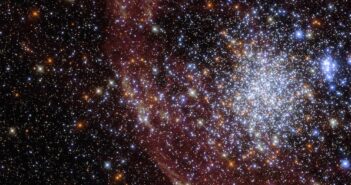
How do globular clusters, some of the universe’s oldest objects, originate? Recent simulations of early universe star formation provide potential pathways for their formation and how JWST might be able to spot their high-redshift progenitors.
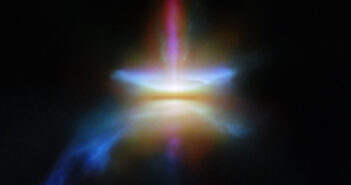
New JWST observations provide a richly detailed look at the jets from young stars still shrouded in dusty disks.
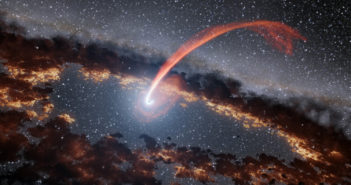
Astrobites reports on a radio search for stars that have been ripped apart by supermassive black holes.
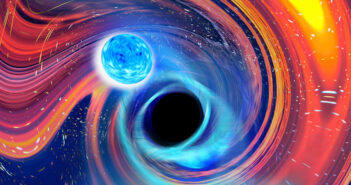
Monster shocks and a “pulsar-like” black hole phase might form when a black hole collides with a neutron star. Could this cosmic clash produce observable electromagnetic signals?
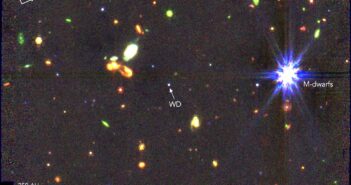
Brr! A newly confirmed exoplanet orbiting a white dwarf has a temperature of just 186K, making it the coldest exoplanet whose light has been directly detected.
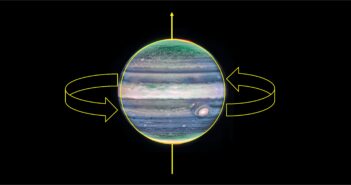
HIP 41378f — a cold, puffy exoplanet with four known siblings — becomes one of just a handful of planets with an estimate of its rotation period.